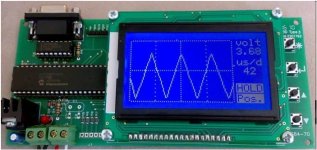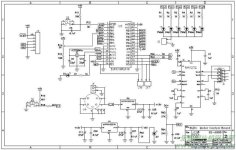ctirad said:
Do you plan to make it comercially available some day?
That would be nice

I don't know about selling complete controllers though it is an attractive
possiblity... At the moment I'm still finishing up the program, after that I'll send chips to people
that want to do beta testing

Because I'm also working on this for my own personal bike I'll make a sort of 'reference' design,
I'll post a schematic for how to build a controller with the 30F. This can be used to see how the
30F should be connected (if you want to plug it into an existing XieChang controller) or can be
used to build a controller from scratch. Just ordered $150 worth of 30F's, 4115's, NCP5181's,
20A versions of the ACP714's etc etc on digikey

Because of all the configurable variables and options in the controller I'll also write a sort of
manual explaining all the parameters, suggesting values and equations for calculating them.
The suggested equations for the parameters are basic (so if you just want to ride you'll have
no problem setting it up correctly) but allow room for your own experimentations as well.
Just a tip, I went to the town recycling centre last week to get rid of some paper and cardboard. I had
a dig through the electronics bin and found a 100-240V to 16.6 V / 2 Amps laptop charger. I tried
it on 65 V DC and it worked fine. I'll use this on my bike to go from 96V (ping) down to 16.6V
to power the PIC (via 1 Amp version of 7805) and FET drivers.



